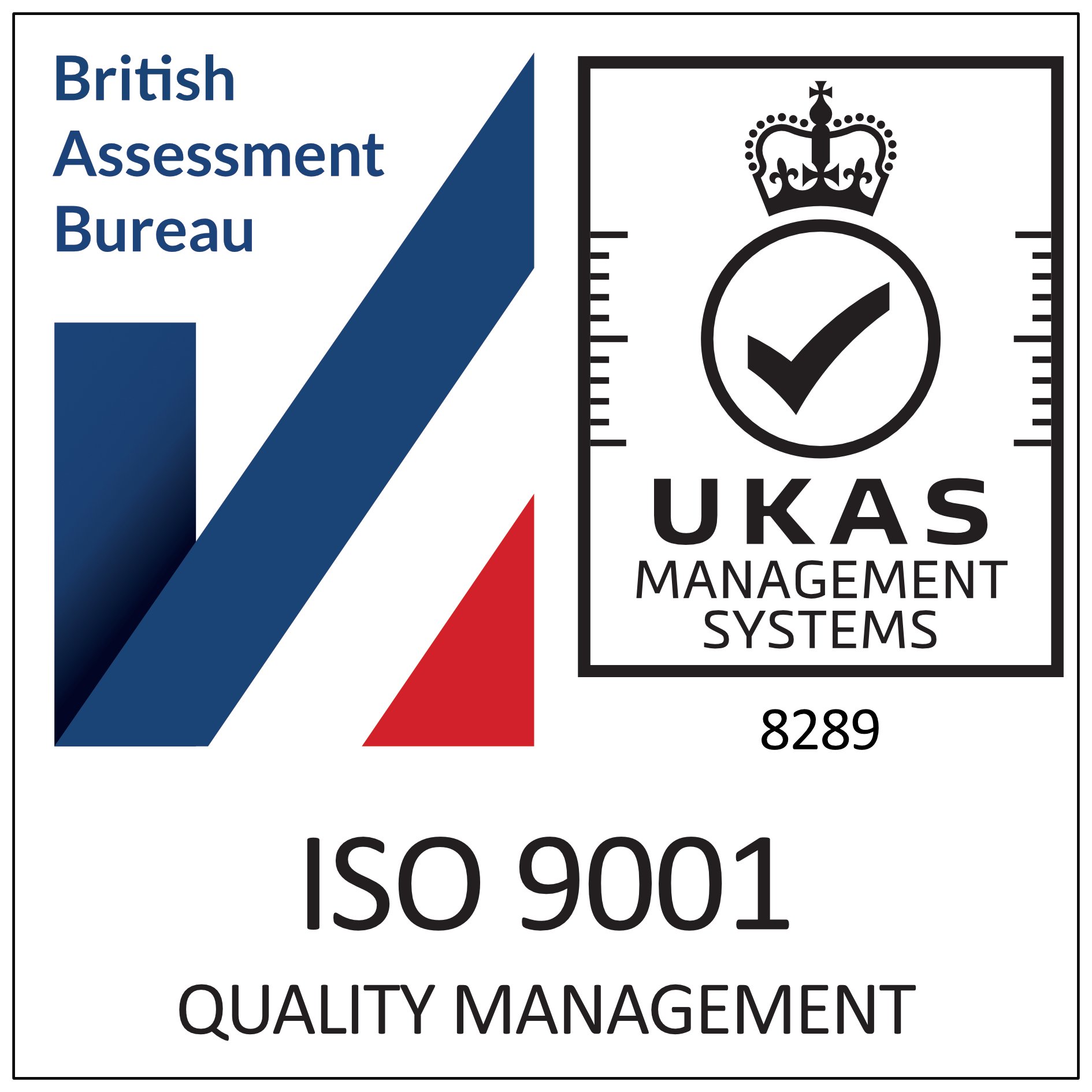Mobile Device Management (MDM): Enhancing Mobile Security and Efficiency
Definition: Mobile Device Management (MDM) encompasses the monitoring, administration, and safeguarding of mobile devices—such as laptops, smartphones, and tablets—deployed within a business environment.
Key Functions of MDM:
Visibility and Monitoring:
MDM solutions grant administrators comprehensive visibility into the mobile ecosystem. This includes insights into device status, usage patterns, and potential security threats.
Admins can track device locations, monitor app installations, and assess overall health.
Instant Application and OS Updates:
With MDM, administrators can seamlessly push out essential applications and operating system updates to devices.
Whether it’s critical security patches or productivity-enhancing tools, MDM ensures timely distribution.
Security Policy Enforcement:
Protecting company data is paramount. MDM allows organizations to enforce security policies consistently across all devices.
Even if a device is lost or stolen, MDM ensures that essential security measures remain in place.
Benefits:
Efficiency: Streamlined management and automated processes lead to operational efficiency.
Risk Mitigation: MDM minimizes security risks by enforcing policies and responding swiftly to potential threats.
Business Continuity: Even in challenging scenarios (e.g., device loss), MDM maintains data integrity.
Market Landscape:
A variety of MDM solutions are available, catering to diverse business needs.
Pricing typically ranges from approximately £2 to £9 per device per month.
In summary, MDM empowers organizations to maintain control, security, and productivity across their mobile device landscape. It’s a strategic investment in the age of digital mobility.




